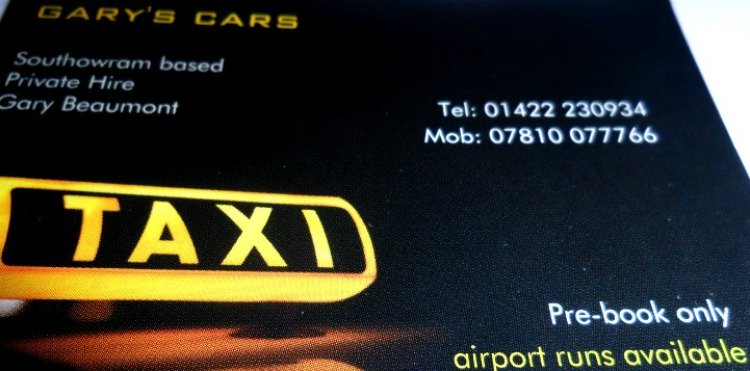Historic Charlestown
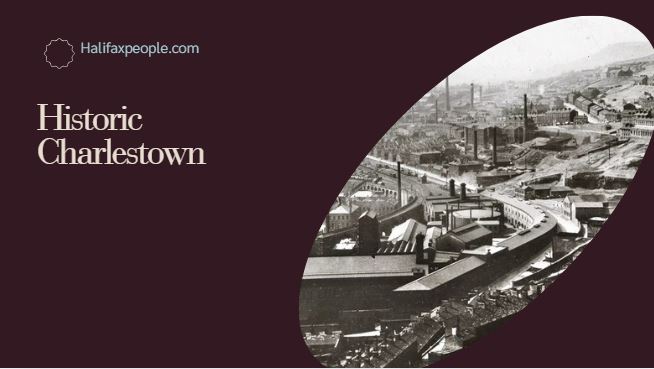
Historic Charlestown Tour starts at the Magna Via and makes it's way to North Bridge.


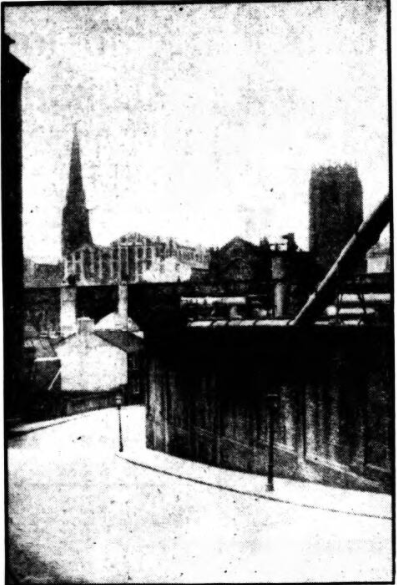 |
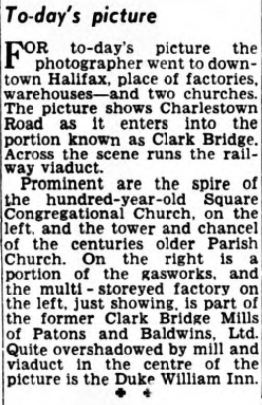 |





The area of the Halifax incinerator Alan Burnett
















 |
 |






 |
 |


There were several pubs along Charlestown including the Pineberry, Bishops Blaize, Junction Inn Soveriegn Inn (at 16 Charlestown Road) and York Inn.


Junction Inn at 13 Charlestown Road



Bishop Blaize Inn at 4 Charlestown Road







Top right of Sainsburys car park

Alan Burnett
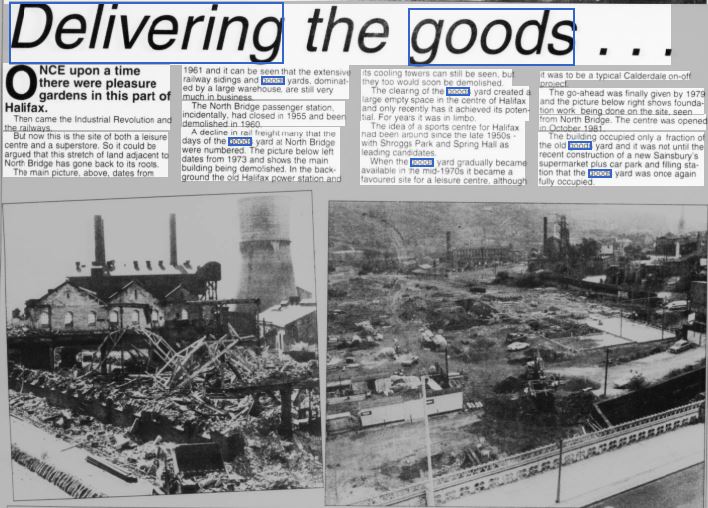


If you have enjoyed your visit to this website, please spread the word by clicking the 'like' and 'share' buttons below. Thank you






